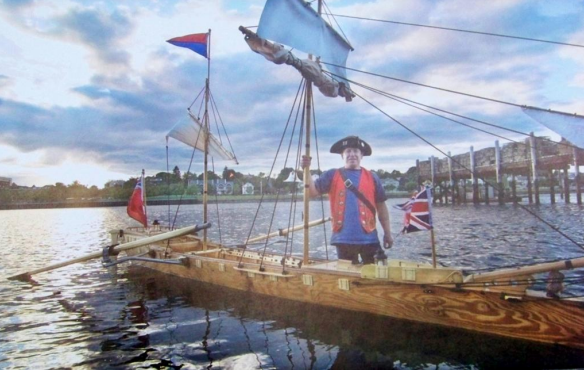
We specialize in Maximizing the Revival and Economic Development in New Haven Waterfront

Revealing the Oyster Harbor Village
A Village in the Making. The Spirit Remains Alive.
Come Where the Water is Caressing the Body of the New Ship!
The Grand Avenue Bridge-Gate Opens.
Come join us for the celebration where history embraces the state of arts!
Background of New Haven, CT
New Haven, CT, is a coastal city located on the New Haven Harbor on Long Island Sound. With a population of about 130,000, New Haven is the second largest city in Connecticut, while the Greater New Haven MSA has a population of about 860,000. New Haven is a hub on the Northeast Rail and I-95 corridor and is part of the New York Metropolitan area. New Haven has been the home to Ivey League University, Yale since 1701.
Originally inhabited by the Quinnipiac people, New Haven was settled by English Puritans in 1638. The city was organized around a nine square grid with a 16-acre common open space at the center, the New Haven Green, a National Historic Landmark.
New Haven offers numerous museums, art galleries, such as the Center for British Art, the Peabody Museum of Natural History, Michael McGivney Pilgrimage Center, numerous historic parks, home of a large number of architecturally significant historic churches and buildings, the famous Shubert Theatre, historic Wooster Square, Little Italy, Lighthouse Point Park, New Haven Railroad Station, internationally diversified restaurants, establishments, shopping area, performing arts centers and much more.


Fair Haven Neighborhood
Oyster Harbor Village is in Fair Haven and Fair Haven Heights on both sides of the Quinnipiac River, the neighborhood has a unique and distinct history. It was originally a village formed in 1679 to house industrial workers, located on the shoreline of long Island sound & Quinnipiac River, it is the major source of New England oyster and other products from the rivers and nearby harbor.








